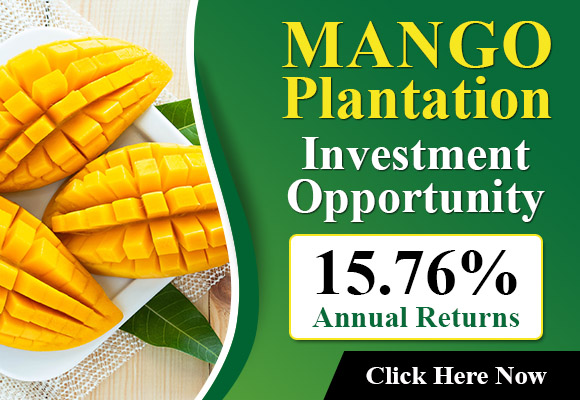The rates of containers for U.S. imports have normalized. Export rates do not have. Spot and contract rates are applicable for U.S. exports are still in the double-digits range over pre-COVID rates.
Rates aren’t the most significant cost problem exporters are facing, as per Peter Friedmann, executive director of the Agriculture Transportation Coalition. He informed FreightWaves that the schedules for sailing have become less consistent than they were prior to the epidemic, while communication between exporters and ocean carriers remain as shaky as they have ever been.
In the end, exporters have to pay higher amounts in demurrage and detention and are spending more money in storage and trucking costs due to a lack of information about sailing schedules that change frequently than they did before 2020.
“Higher prices haven’t been an issue in the first place because this issue with rates is overshadowed by the added charges imposed to exporters due to carriers’ inability, or unwillingness to give up-to-date and accurate information about issues such as ERD [early time of return], the time ships are coming in and to what terminals exporters are required to ship the cargo,” said Friedmann.
Contract and spot rates are still high
The import rates fell in the wake of the conclusion of supply chain crises (in certain laneways, lower rates). However, the indexes don’t show similar reversions to export rates. At the very least, not at.
In the week that ended Thursday The World Container Index (WCI) from U.K.-based Drewry assessed spot rates for the Los Angeles-to Shanghai lane with an average of $838 for a 40-foot equivalent unit. The New York-Rotterdam price was $734 for each FEU. This is well lower than the peak of pandemics, yet still higher by 66 percent and 27% in comparison to rates of 5 years ago.
On the side of imports the Shanghai Los Angeles spot index dropped 9percent from September while its Shanghai-New york index dropped 16 percent.
More information is available at freightwaves.com
Source: The Plantations International Agroforestry Group of Companies
